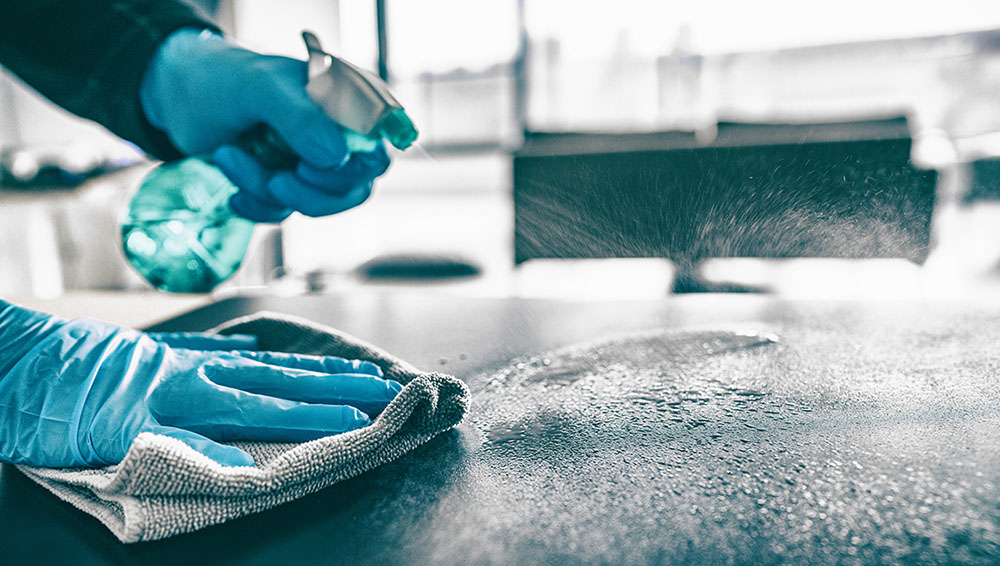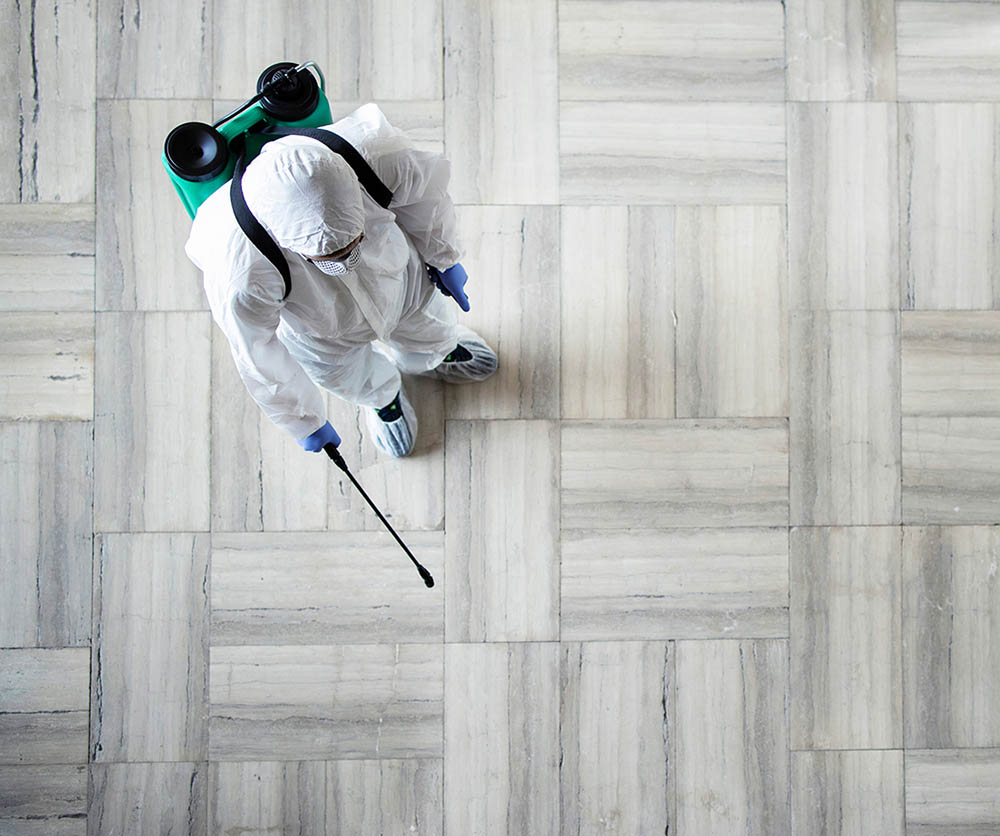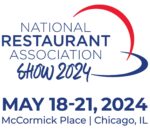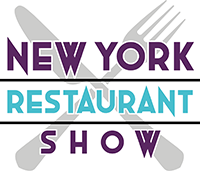10 questions you should ask about equipment and spray solutions

By Peter Cantone, CEO of PandemicSolutions.net
During the COVID-19 pandemic, few industries suffered more from stringent safety rules and regulations than the catering sector. Governmental authorities, including state and local health departments, will continue to monitor and enact new disinfection laws and regulations that will be costly to the catering industry. Decision-makers must learn from the lessons of 2020 when it comes to cleaning and disinfecting their businesses.
It is critical for owners and operators to identify affordable products, equipment and approaches for disinfection that kill viruses and bacteria safely. To remain in compliance and keep costs down, operators need to ask vendors—and themselves—the following 10 questions:
1) How are you going to spray disinfectants?
Many businesses were not prepared for the pandemic and purchased spray bottles and cleaners such as Clorox and Lysol. Liquid spray bottles are extremely inefficient because they produce large droplets, wasting fluids and requiring excess to be wiped away. The most cost-effective way to spray is using electrostatic equipment that create small, charged droplets between 40 and 83 microns. These droplets adhere to surfaces, killing viruses and bacteria. Surfaces are covered quickly with a fine mist that evaporates in a few minutes. Disinfecting larger areas creates significant expense; the key is finding the right equipment and disinfectant fluid to do the job cost-effectively.
2) Is wiping down required after spraying?
With the right equipment that produces a fine spray that evaporates, there is no need to wipe down, saving time, and there are no wipes, paper towels, sponges or other materials to discard or clean.
3) Does the disinfectant smell or leave behind residue?
Botanical or organic plant-based solutions such as Deacon 30 Disinfectant are safe and non-toxic. They have a pleasant smell (in this case, thyme) and do not leave residue behind. Harsh chemicals such as Lysol, Clorox, bleach and ammonia-based products can be harmful or irritating when inhaled or when coming in contact with skin or eyes.

4) Is the disinfectant solution on the EPA List N?
Confirm the disinfectant you will use is on the EPA List N. These are the only federally approved disinfectants that will kill the coronavirus (all viruses and bacteria on surfaces). Ask for the EPA registration number and review the product data sheet. Go to the EPA website to check (epa.gov/pesticide-registration/list-n-disinfectants-coronavirus-covid-19).
The majority of EPA List N disinfectants are quats (cationic, positively charged, ions that disinfect surfaces by binding to the negatively charged membranes of germs to break down their outer cell wall). While these products work, they negatively impact air quality when sprayed indoors. These chemicals can be harmful to staff and surfaces. Hydrogen peroxide-based concentrate, organic or botanical formulas are preferred. There are a handful of good organic and botanical solutions on the EPA List N.
5) What is the size of your facility, and how many times do you anticipate spraying surfaces each day?
Overall square footage, types of rooms and surfaces that need to be sprayed must be taken into account. Large areas will need bigger, more efficient equipment to complete the job quickly. Larger sprayers have a higher upfront investment; however, they dramatically reduce labor cost. Most high-volume sprayers will pay for themselves within a few months.
6) In what areas of your facility do you intend to spray disinfectant?
Most disinfectants are designed to spray on non-porous substrates like tables, chairs, floors, bars, doorknobs and railings; they are not meant for porous substrates like rugs, cloth furniture and curtains. Know how disinfectants are designed to work. Some equipment may be made to work with one specific brand of disinfection fluid.
7) Is the equipment battery-operated or does it require an extension cord?
Smaller battery-operated sprayers give operators versatility. A drawback is the length of charge, and battery life tends to decrease with time. Examine battery life information in owner’s manuals, budget for additional batteries, and see if equipment can be used with power cords. Corded units tend to be faster and also have larger disinfectant capacity, which enhances speed and efficiency.
8) Is the disinfectant solution approved to be sprayed through electrostatically charged sprayers?
Do not assume that a disinfectant can be put into electrostatic spraying equipment. Most disinfectants are not made to be sprayed with an electrostatic sprayer. If unapproved disinfectants are used, they may change the chemistry and lose efficacy.
9) What kind of training or support will you get from vendors selling equipment and disinfectant solutions?
Training users of equipment allows them to feel comfortable, gives them a chance to ask questions and provides them the opportunity to see a proper real-world demonstration. Best practices for how to spray effectively should be provided by the disinfection solution companies as well.
10) What is the warranty on the equipment?
Disinfection equipment is expensive, and it will be used often. Review product warranties, and make sure that the fluids used and the utilization of the equipment fit with warranty guidelines.
The additional costs associated with cleaning and disinfection are here to stay. Armed with information, decision-makers can pick the appropriate equipment and solutions that will efficiently and safely provide protection and keep costs manageable.
ABOUT THE AUTHOR

Peter Cantone is CEO of PandemicSolutions.net, a provider of state-of-the-art disinfection equipment and safe disinfection solutions for the hospitality and catering sector, schools, businesses, transportation companies, professional sports arenas and hospitals. For more information, visit pandemicsolutions.net, or send an email to peter@pandemicsolutions.net.










